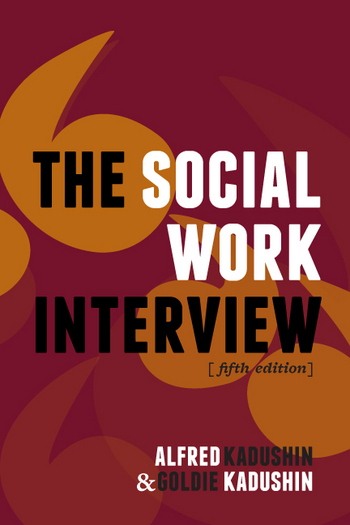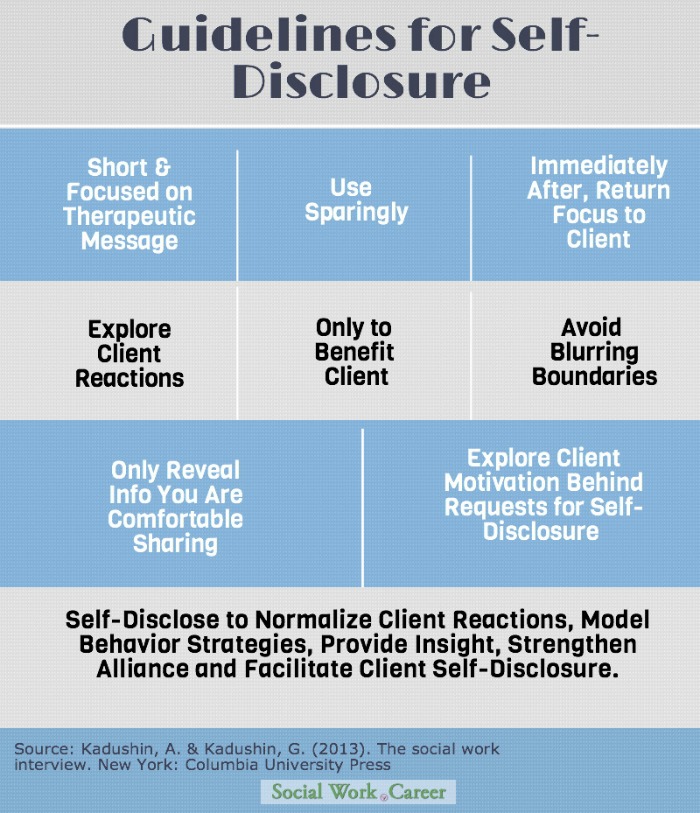Are you looking for a resource to provide you with a good foundation on how to engage with and interview your clients?
The Social Work Interview, Fifth Edition by Alfred Kadushin and Goldie Kadushin may be the perfect solution to your problem!
Kadushin, A. & Kadushin, G. (2013) provide you with a thorough review of what a social work interview is, an overview of the interviewing process and all its key elements, as well as guidance on how best to navigate this terrain.
It has four main sections:
- General Orientation & Basic Concepts of Interviewing and Communication
- Sequential Phases in the Interview Process & Associated Techniques
- Special Problems in Interviewing:
Cross Cultural Interviewing and Problematic Interviews [The involuntary adult client and the sexually abused child]
- The Essence of the Good Interview
Interviewing skills are key for social workers because we tend to spend a great deal of our time interviewing clients. Furthermore, these skills are the primary skills on which all other aspects of our work depend.
Some key take-aways:
- We need to be listening carefully and operating under an assumption of ignorance so that we ask our interviewee the right questions and truly understand what our clients are saying [and their respective frames of reference].
- Careful attention must always be paid to the therapeutic relationship; this in of itself has a significant impact on the outcome of the treatment.
- The social worker must have two different areas of expertise:
- Expert knowledge on how to conduct interviews and
- Knowledge about the subject matter of the social problem(s) the client has brought to the table – its nature, origin and approaches that may improve it.
- Interviewers must prepare [emotionally and professionally] for the interview. This preparation includes review of material about the client, sometimes homework such as obtaining relevant information to provide the client, as well as planning a general outline [purpose for the interview – what they hope to accomplish].
- In general, the interview moves through successive stages including exploration, assessment and treatment in order to achieve a specific purpose [or purposes of the interview].
- However, these steps are not clearly defined. The social worker has a general outline in mind and will modify it in response to what happens with the client. As the authors eloquently describe it, “the entire process is somewhat like a symphony.”
- Techniques refer to the conscious and deliberate interventions that the social worker employs to further the objectives of an interview. Examples of some of the techniques discussed in this book include paraphrasing, reflection and confrontation.
- “Paraphrasing is a selective reinstatement of the main ideas that resemble but is not exactly the same as the client’s statement… A good paraphrase is a condensation and crystallization of the client’s communication.” [p.158]
- In contrast to a paraphrase, a reflection repeats verbatim either a key word or phrase. The purpose of such an intervention is to encourage the client to expand further on the topic selected for repetition.
- Confrontation – a social worker may alert a client when there is a discrepancy in his/her presentation that may reflect unrecognized conflicts, defenses or motives that obstruct desired changes.
- It is recommended that the interviewer confront only in a tone of confusion or in a sense of puzzlement. In this manner, the client is being invited to put the pieces of the puzzle together with the interviewer.
Use caution with respect to self-disclosure. Below are some guidelines:
- Questions are the basic tool of the interviewer. 3 key considerations:
- They need to be understandable, clear and brief enough so that the client can remember what he/she was asked.
- Formulate your question only after you have decided what it is that you want to know and why you need to know it.
- Weigh the need for information against the nature and degree of discomfort and anxiety that the question may evoke.
Overall, I found The Social Work Interview book to be a wonderful resource, particularly for clinicians who are new to the field of social work.
That said, I felt that the book could have brought the whole interview process to life and given more in-depth illustrations of some of the interviewing techniques by having included a video/dvd component as a supplement.
For example, it would have been quite instrumental to observe in practice a social worker putting together a general outline for an interview [what information is considered and how the particular objectives for that interview are selected] and then modifying the interview as needed according to what his/her client was sharing.
What your thoughts about the interviewing process? Please share your comments below 🙂
Disclosure of Material Connection: I received one copy of the book mentioned above for free in the hope that I would mention it on my blog. In addition, the link to this book is an “affiliate link.” Regardless, I only recommend products or services I use personally and believe will be good for my readers. I am disclosing this in accordance with the Federal Trade Commission’s 16 CFR, Part 255: “Guides Concerning the Use of Endorsements and Testimonials in Advertising.”



